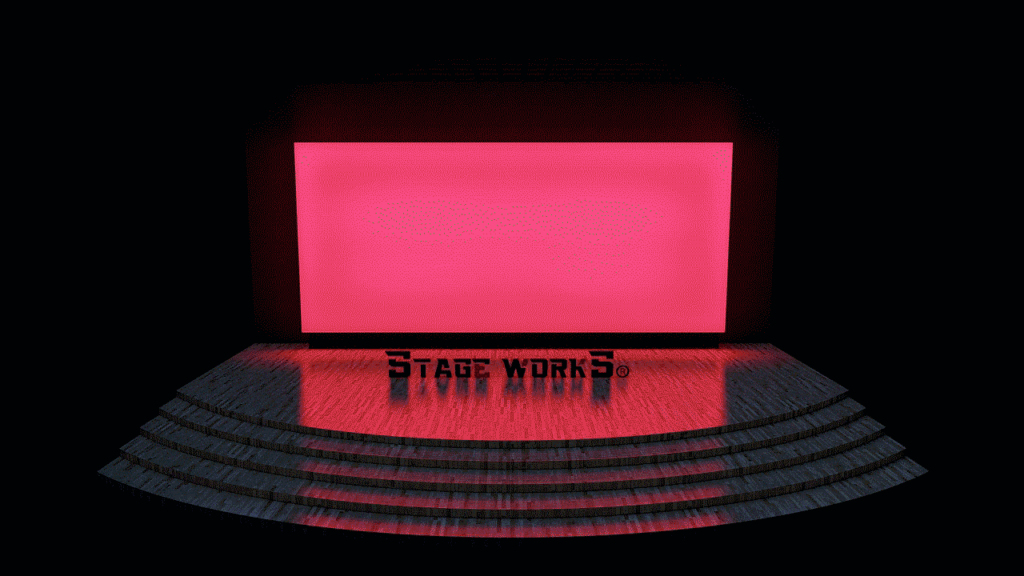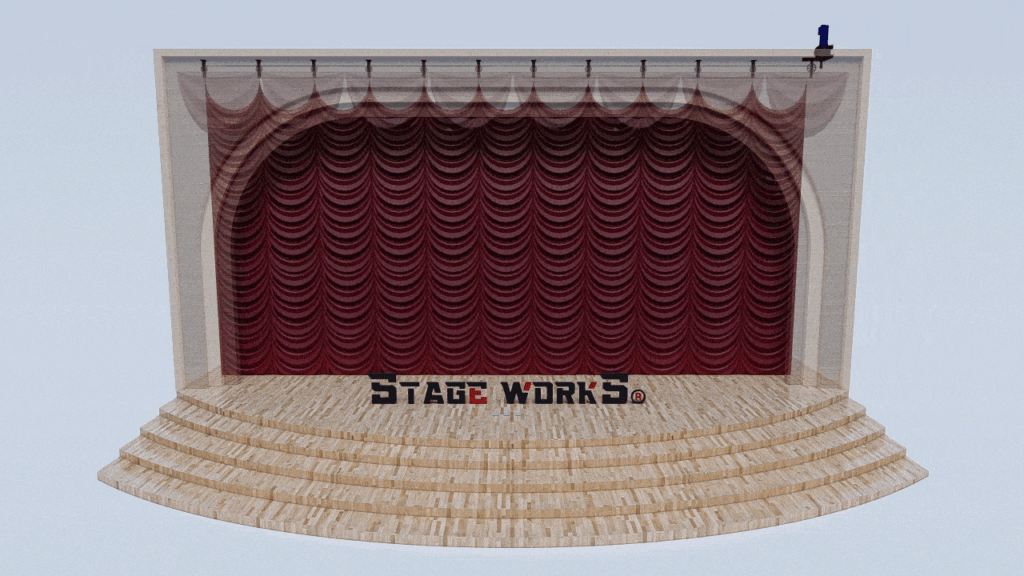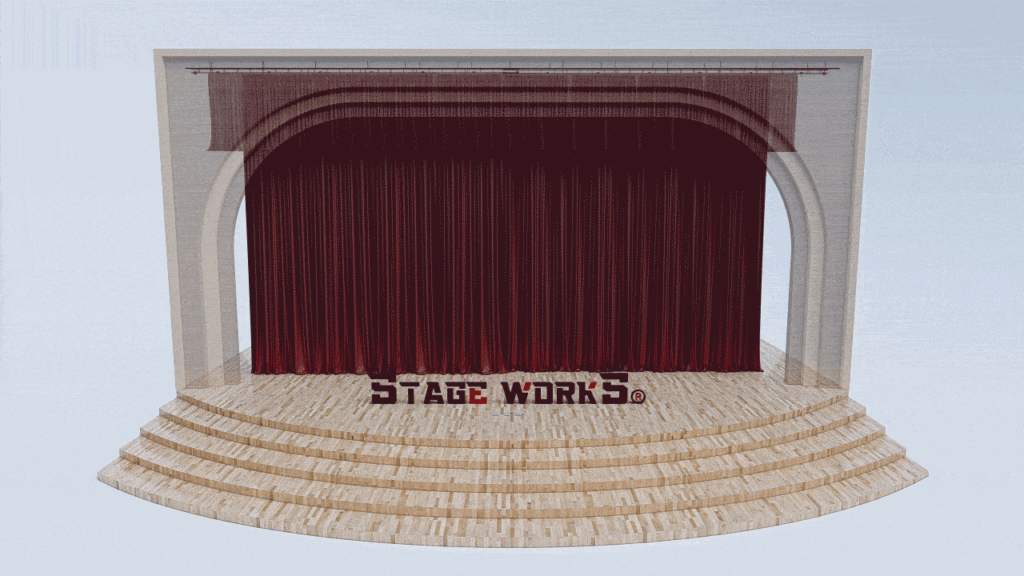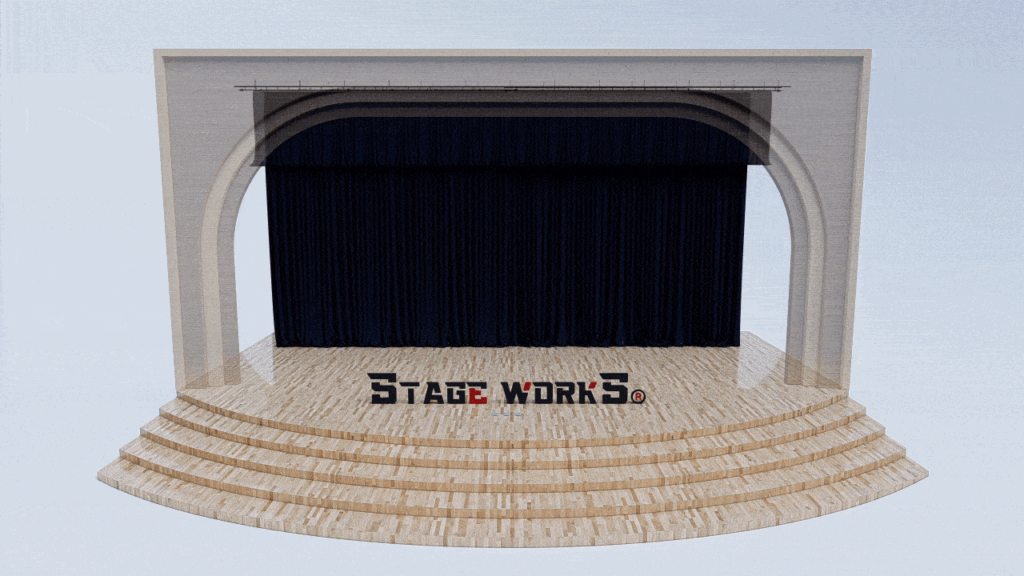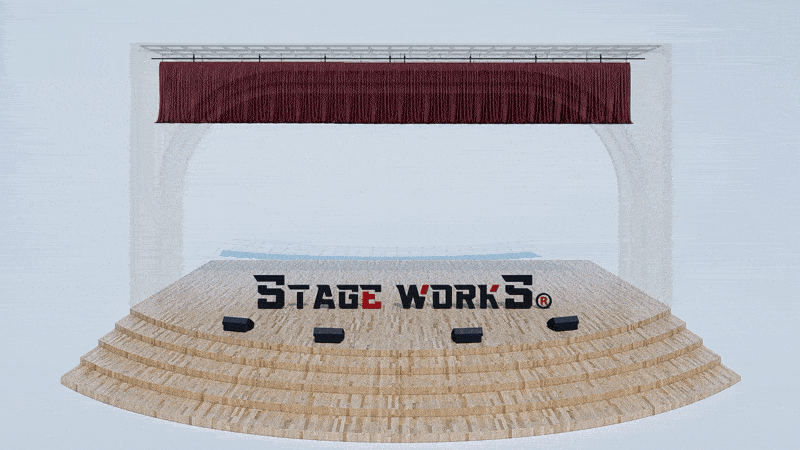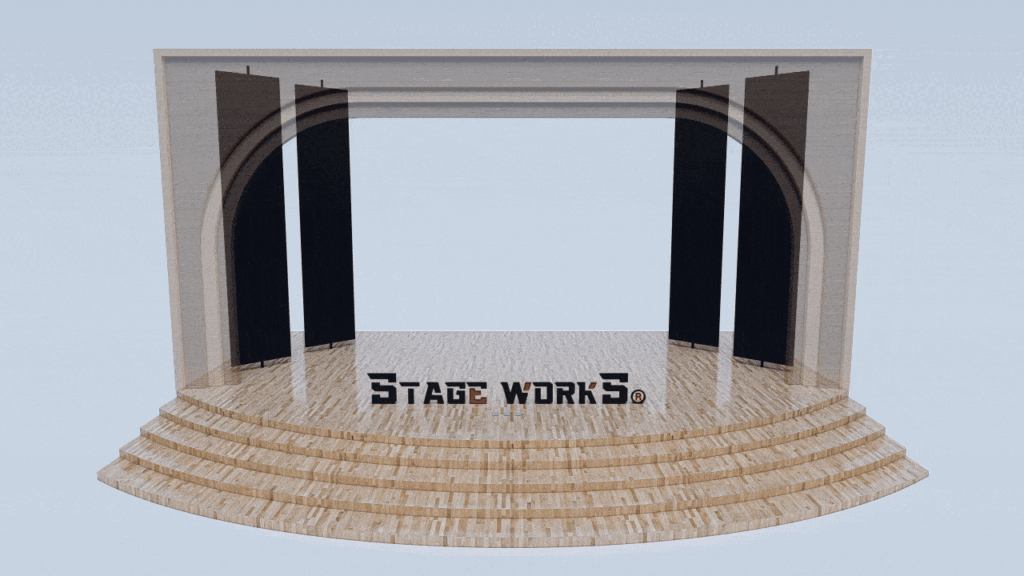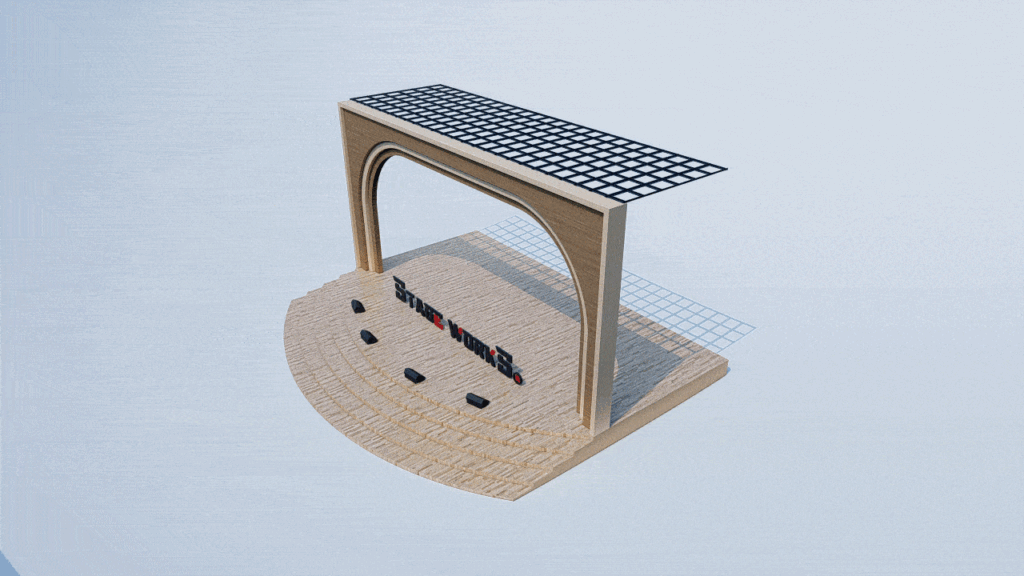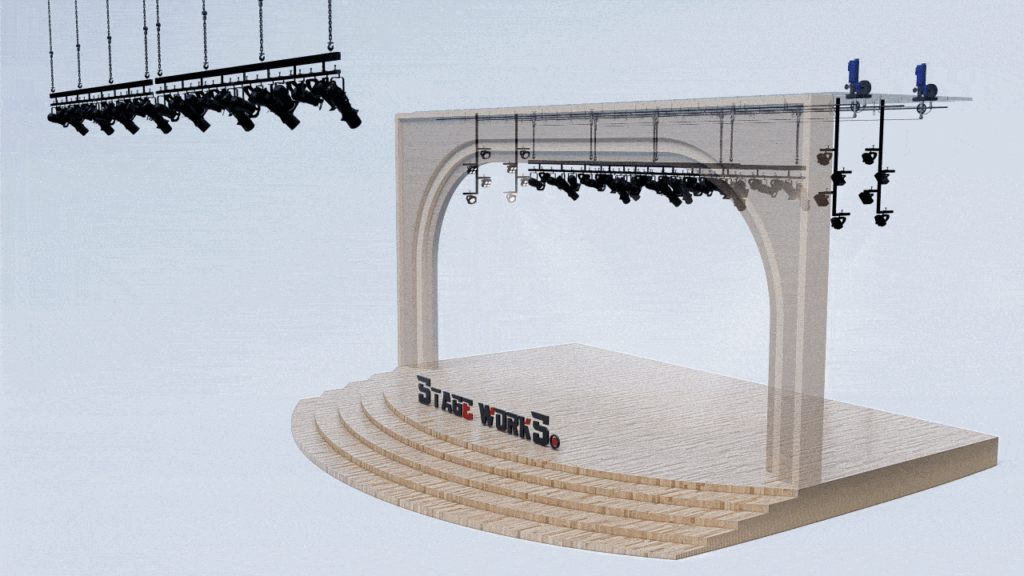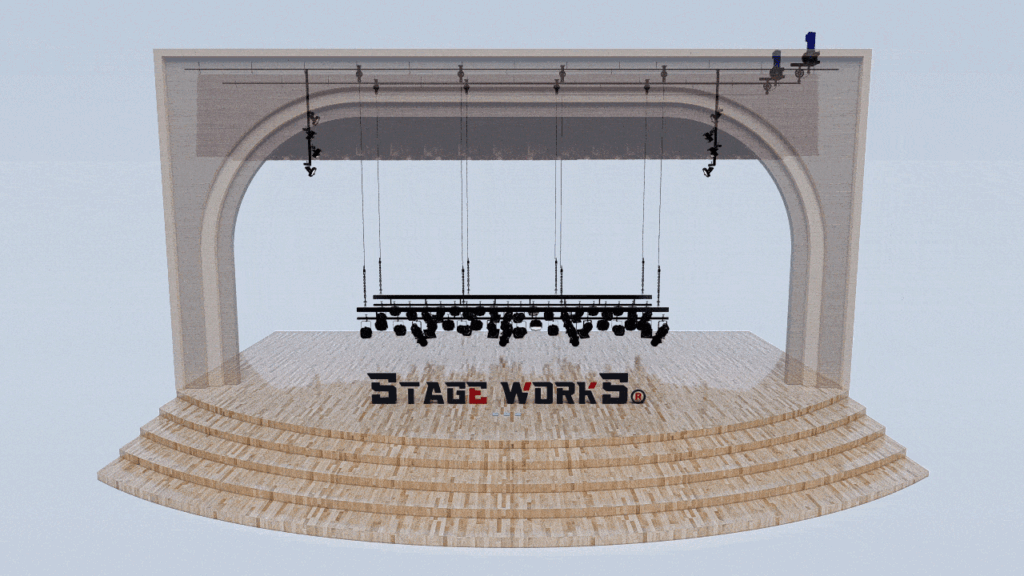Stage Curtain Design: The Ultimate Guide to Choosing the Perfect Style & Fabric
Understanding Your Stage’s Needs
Before diving into the aesthetics of stage curtain design, it’s crucial to assess your stage’s specific requirements. Consider the size and dimensions of your performance space. A grand auditorium will demand a different approach than a smaller theatre or intimate performance area. Think about the type of performances you host – opera, theatre, concerts, or dance – as this influences the desired level of light absorption, sound dampening, and overall aesthetic. Furthermore, the budget available will play a significant role in determining the suitable fabric and construction methods.
Exploring Different Stage Curtain Styles
Classic Velvet Curtains
Velvet remains a timeless choice for stage curtains. Its luxurious drape, rich colour saturation, and excellent light-absorbing properties create an atmosphere of elegance and sophistication. The inherent sound-dampening capabilities of velvet further enhance the audience experience. However, velvet curtains require careful cleaning and maintenance.
Contemporary Minimalist Designs
In contrast to the traditional opulence of velvet, minimalist designs offer a sleek and modern aesthetic. These often utilize lighter fabrics like polyester or cotton blends, sometimes incorporating clean lines and geometric patterns. Minimalist curtains are ideal for contemporary performances, offering a blank canvas for projection mapping or lighting effects.
Grand Traverse Curtains
For large stages demanding a dramatic opening and closing mechanism, grand traverse curtains are the perfect solution. These heavy curtains move smoothly across a track system, allowing for swift scene changes and grand reveals. The choice of fabric here is critical, as the weight and durability are crucial factors to consider.
Lightweight Voile & Sheer Curtains
Voile and other sheer fabrics create a softer, more ethereal look, often used for backdrops or to diffuse light. These curtains are less soundproof but offer a more delicate aesthetic, perfect for certain genres of performance. They are lighter in weight and easier to handle than heavier fabrics.
Specialty Stage Curtains: Cyclorama & Scrim
Cyclorama curtains create a seamless, curved backdrop, ideal for creating immersive environments. Scrim curtains, on the other hand, allow light to pass through while still maintaining opacity when lit from the front, providing versatility for projections and creating unique visual effects.
Choosing the Right Fabric: A Deep Dive
The selection of fabric is paramount in stage curtain design. Different fabrics offer distinct characteristics affecting light absorption, sound dampening, durability, and cost.
Velvet: Opulence & Sound Absorption
As previously mentioned, velvet remains a favourite for its inherent luxurious appearance and excellent sound-absorbing qualities. However, it is often more expensive and requires professional cleaning.
Polyester: Versatility & Durability
Polyester is a highly versatile and durable option, offering a good balance between cost-effectiveness and performance. It’s easy to clean and resistant to wrinkles, making it a practical choice.
Cotton: Natural Elegance & Lightness
Cotton offers a more natural and softer feel. While not as durable or sound-absorbing as some synthetics, cotton curtains provide a lighter and more breathable alternative.
Silk: Luxury & Drape
For the ultimate in luxury, silk provides an unparalleled drape and sheen. However, silk is a delicate and expensive fabric requiring special care and maintenance.
Blended Fabrics: Combining the Best of Both Worlds
Many stage curtains use blended fabrics, combining the best qualities of different materials. These blends offer improved durability, wrinkle resistance, and cost-effectiveness while retaining desirable aesthetic properties.
Maintenance & Care for Your Stage Curtains
Regardless of the chosen fabric, proper maintenance is essential for prolonging the lifespan of your stage curtains. Regular cleaning, following the manufacturer’s instructions, is crucial. Proper storage, avoiding excessive moisture and sunlight, will prevent damage and ensure the curtains remain in pristine condition.
Conclusion: Elevating Your Performances with the Perfect Stage Curtains
Choosing the right stage curtain involves a careful consideration of several factors – budget, performance style, stage dimensions, and desired aesthetic. By understanding these elements and carefully selecting the right style and fabric, you can create a visually stunning and functionally effective stage setting that enhances your performances and captivates your audience. Contact stagecurtains.in today to discuss your unique requirements and find the perfect solution for your stage.



